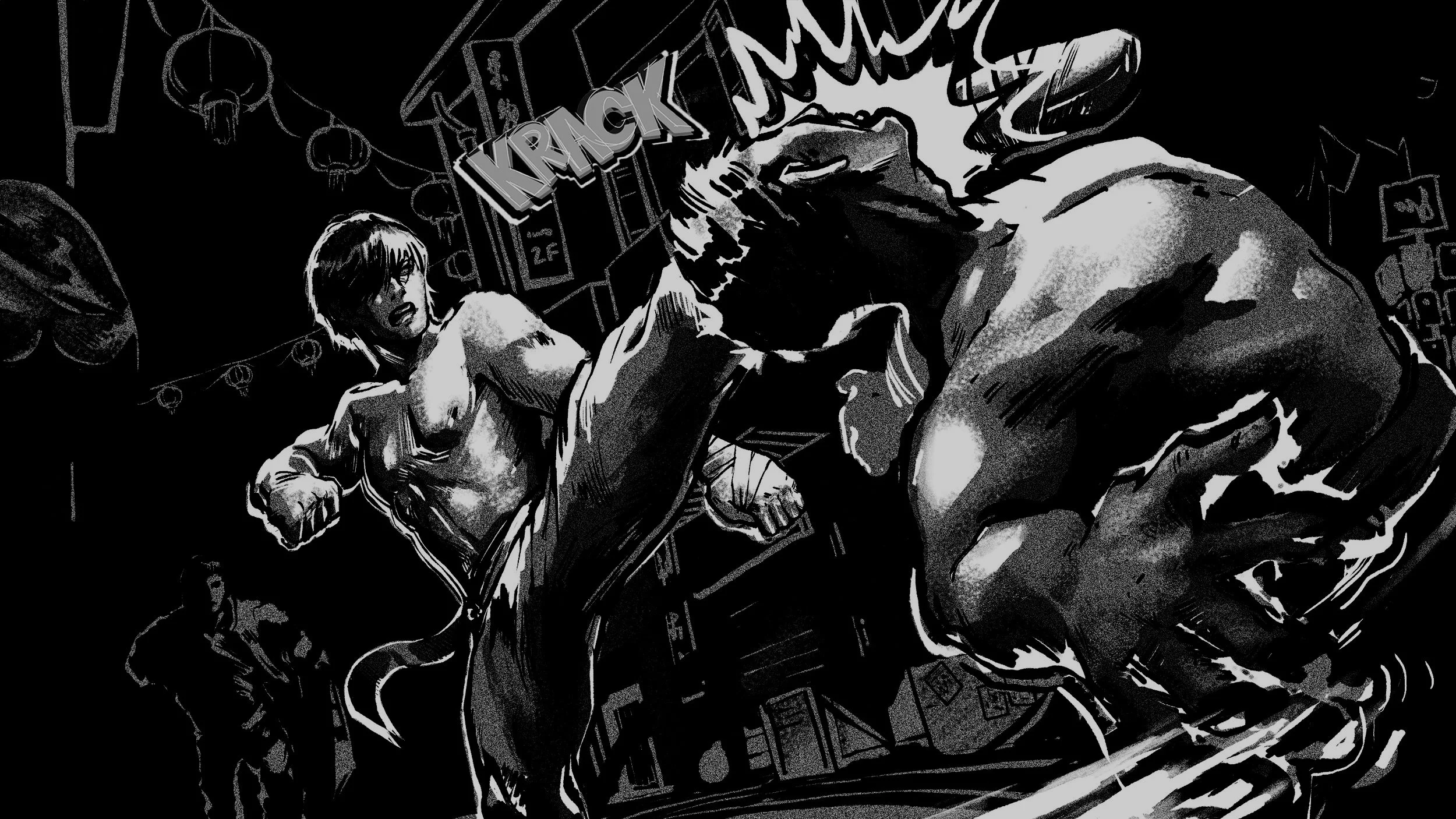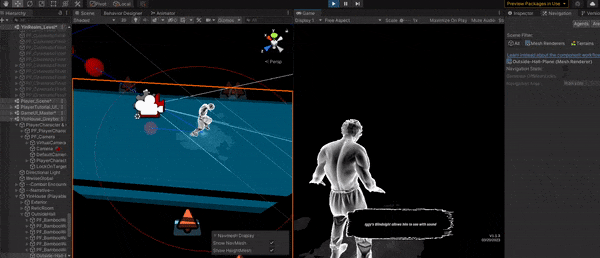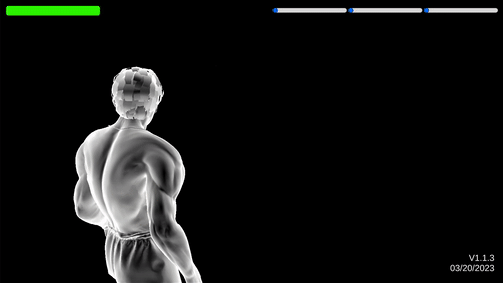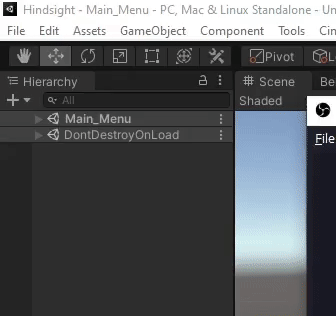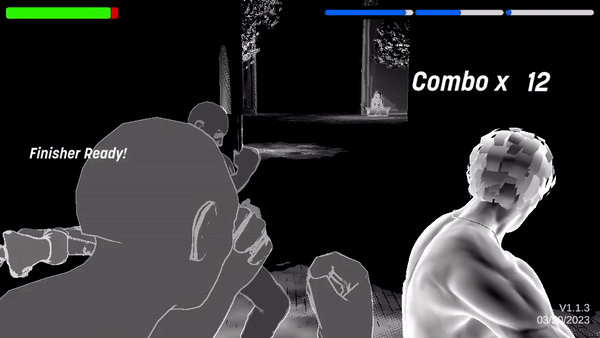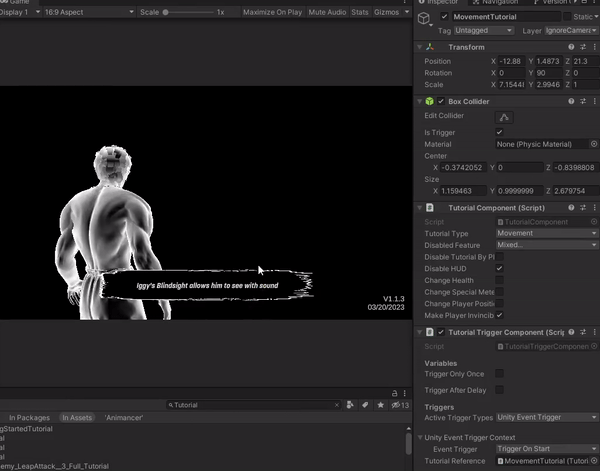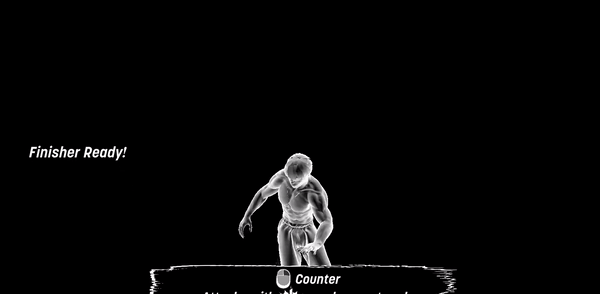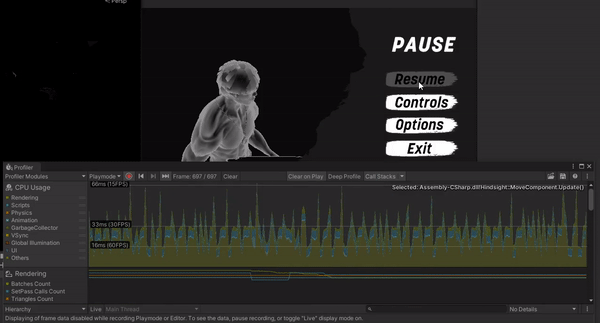Blightsight: War of the Wardens
Background
Blindsight: War of the Wardens is a 3D action-adventure game, where players play as Iggy, a martial artist who is blind with echolocation abilities who must retrieve a stolen family heirloom that may bring unintended consequences to the world.
This game was pitched at the USC Games, Advanced Games Project. A multi-disciplinary team of over 70 people worked in the production of this game. The goal of the project was to give Batman from Arkham the abilities of Marvel Daredevil by combining echolocation with intense martial art combat.
My Role
Lead Gameplay Engineer. I focused on player animations, checkpoint systems, and tutorial systems, and adding features like cinematic finishers and manager scripts.
Tools
C#, Unity, Perforce, Maya, Animancer, Behaviour Designer, Mixamo
Timeline
1 year, released in May 2023 on Steam
Development Process
Currently, in production, I started working on Blindsight: War of the Wardens in April 2022 as a Gameplay engineer. We started working on player movement using the Unity Navmesh system, as there is no verticality required from our game. This heavily reduced the need for physics in the game, which usually becomes a bottleneck for many games.
We then continued to visualize echolocation by creating Unity point lights from where sound is emitted in the scene. This was possible with the help of a mange-esque shader created by tech artists that we would use to light up an area and simulate the vision of a blind person.
Lastly, since our game is very graphics intensive, we had to hide load times using Narrative Cutscenes. We would load our scenes while the narrative cut scene would play by asynchronously loading backgrounds while giving an engaging story to the player and without hindering gameplay.
Elements of my work
After getting a combo of 10, we reward the player for finishing off and using an input prompt that significantly eliminates a single enemy. We use a Unity Timeline asset which calculates where to move the camera, player, and enemy, lerp them to those positions quickly, and plays the animation in root motion.
Cinematic Finisher System
Tutorial System
I created a tutorial system to teach the player what each player's action does. These tutorials can be activated using our trigger system that can take any context to start the tutorials, like using a box collider and managing to utilize a manager script to track which tutorial is currently activated.
Timescale System
We created a timescale trigger to change the timescale during combat to teach the player how to counter or, at the end of defeating an enemy group, to show engaging action. These timescale triggers can also be triggered using our trigger system used for tutorials.
Overcoming Challenges
Echolocation Framerate Optimization
We optimized the code to achieve a stable framerate during gameplay, which was a challenge due to the echolocation-based visibility system. To reduce memory allocation, we used object pooling and pre-spawned point lights instead of dynamic instantiation. We also relied on Unity Profiler to track memory allocation in the garbage collector.
Navmesh Movement Caveats
Navmesh movements had advantages but created issues with combat in Unity due to Navmesh Agent obstacle avoidance. To solve this, a listener was created to calculate intersection between agents during movement. If an intersection occurred, an offset was added to avoid crossing and to sell impactful hits during combat.
Takeaways
Creating scalable code
At the start of development, we wanted to keep each entity in our game systems decoupled from other components in the game. This was very useful later on when we started to iterate on existing systems which saved us an immense amount of time.
Animations are hard!!
Even though animations look cool and add to the game juice, we had to create many new classes that our animation controllers would use to easily hook animation events and a robust state machine that would use this controller. This was my first time implementing a full-scale animation controller and it required me to be very careful so as to not break the state machine.
Rigidbody vs Navmesh Movement
At the start of the development process, we had to pick which type of movement system to use. Even though Navmesh movement worked incredibly well for us, using Rigidbody movement would have been more scalable as we had more types of features like item throwables that were even hard to implement with the current system and had to be cut due to scope.
